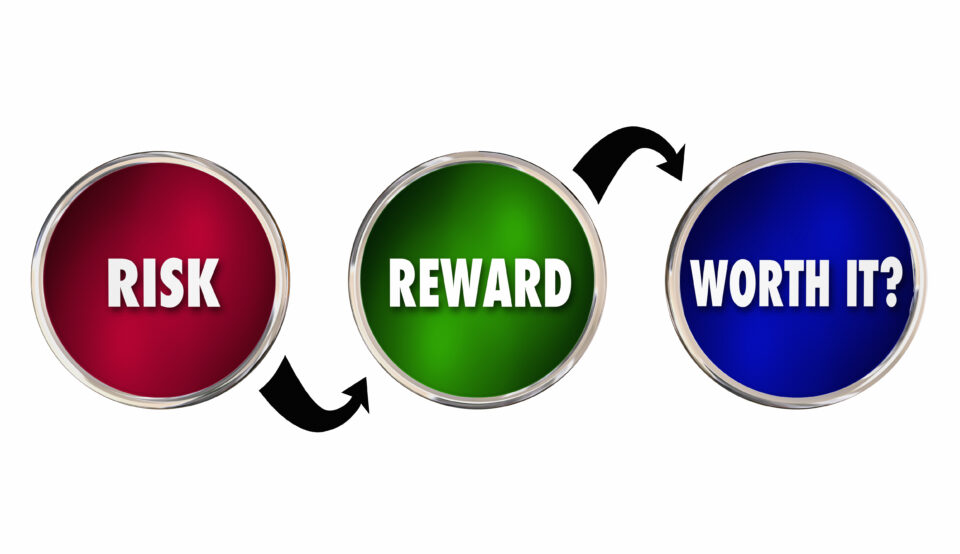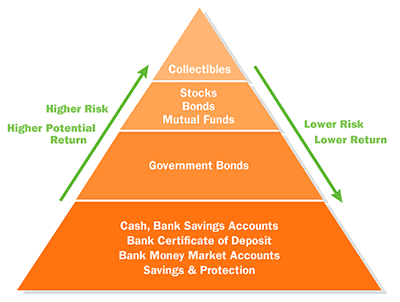
Financial Lessons – Risk vs. Rewards
March 1, 2021
Teaching your child everyday concepts will lay the groundwork for financial understanding.
One topic you’ll cover with your kids through the years is the link between risks and rewards. As adults, we automatically think about investing when we hear these two words together. But I bet the first time you learned this concept was when you were young and that it had very little to do with money.
When I teach financial concepts to 5th graders, the unit on investing is probably my favorite one. Not just because of the financial concepts, but also how I tie them to everyday events. Tying risks and rewards to what happens in a child’s everyday life will help them understand and internalize the information much more quickly.
Among the different concepts I use are these:
|
Activity |
Risk or Reward |
|
Wearing a helmet when you ride a bike |
Don’t hurt your head if you fall off |
|
Looking both ways when you cross the street |
Don’t get hit by a car |
|
Doing your homework |
Get good grades |
|
Listening to your parents |
Don’t get in trouble |
|
Go to bed on time |
Not tired the next day |
|
Eat all your breakfast and lunch |
You’re not hungry at school |
Bottom line: If your child understands risks vs. rewards in their everyday life, there will be a smoother transition when you start talking to them about finances. Keep in mind as you introduce these concepts that you know your child’s learning style and adaptability better than anyone, so adjust the lesson accordingly.
These are ways you can introduce and reinforce risks vs. rewards concepts as they relate to finances:
- Start your child saving money at an early age.
- Match a percentage of your child’s deposits in their savings account.
- Inform them on how much their balance increased as a result of your additional funding. If you match their deposit at 50%, that’s a 50% return.
- The concept of free money will become very important when they are putting money in a company 401K.
- Play investing games with your child, using play money, and challenge them to take risks.
- Pick stocks of companies they are interested in
- Create a tracking sheet, on paper or on a computer
- Pick a time every week to review the price of the stock
- Discuss with them how their stock did
- Make a plan for the next week: Buy – Sell – Hold
- The complexity of this game should match their financial acumen
Use images to teach these concepts, such as the “Tips for Teens” pyramid, below. Many useful resources are available online that demonstrate risks and rewards for different types of financial accounts.

Image courtesy of themint.org
It’s just as important to have an organized plan for discussing risks and rewards with your children as it is to know when to have an impromptu discussion. My grandson has already picked up on when I’m trying to have a teaching moment with him; sometimes he’s open to it, sometimes he’s not. It’s up to me to figure that out so that he has fun learning, and, maybe, just maybe, he’ll be able to do the same thing later with his grandkids.

Robert Baer is a Vice President at Fidelity Bank. He coordinates Fidelity’s Financial Literacy initiative.

